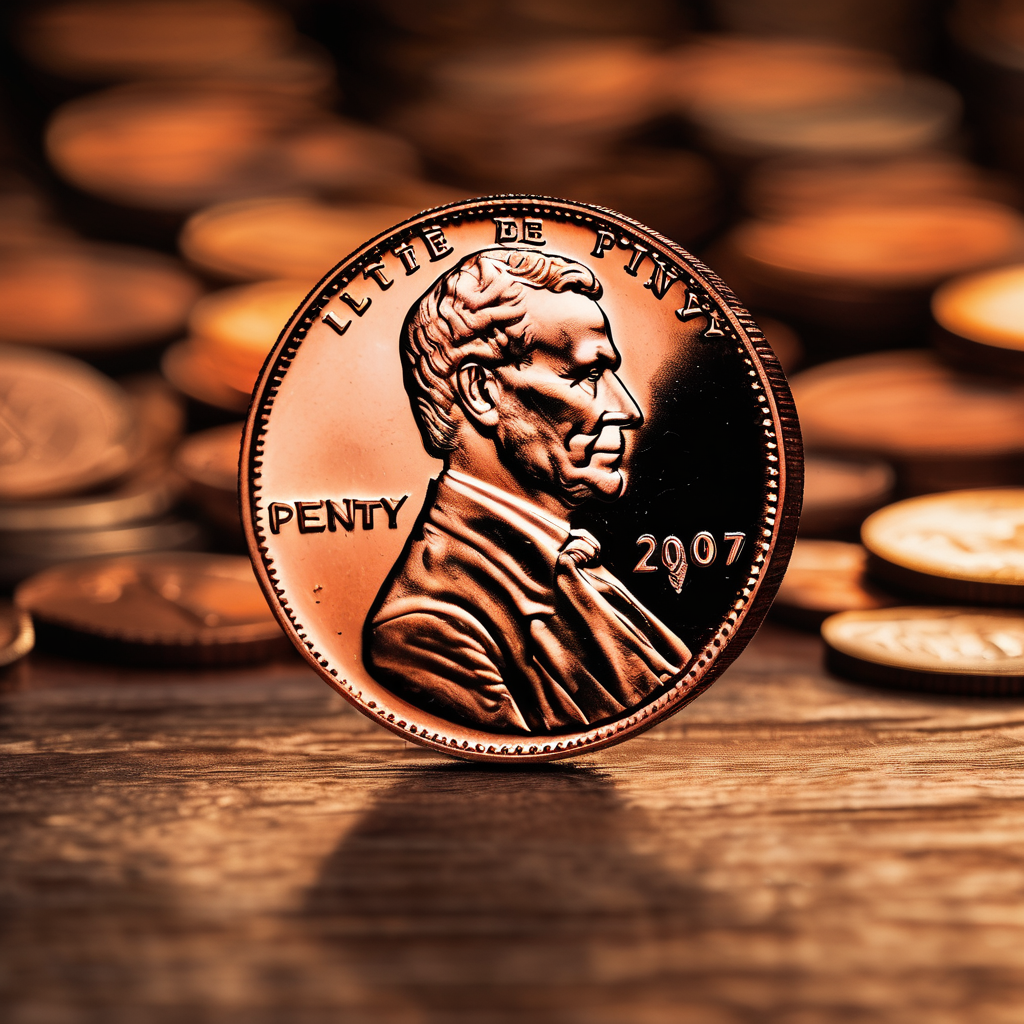The United States is set to witness the end of an era as the final penny will be minted by Treasury Secretary Scott Bessent in a ceremonial event on Wednesday, marking the official cessation of penny production in the country. The penny, a staple of American currency since the Coinage Act of 1792, has been part of daily life for over 230 years.
However, increasing production costs have plagued the minting of pennies. Presently, it costs the government nearly 4 cents to produce each penny, rendering its production economically impractical. In February, President Donald Trump highlighted this financial burden, declaring on Truth Social, “For far too long, the United States has minted pennies which literally cost us more than 2 cents. This is so wasteful!” He mandated the U.S. Treasury Secretary to put an end to penny production.
In the last fiscal year, pennies represented 57% of the Mint’s 5.61 billion circulating coins. With an estimated 300 billion pennies already in circulation—far exceeding any feasible demand—the Treasury decided to halt minting new pennies. This decision is projected to save the government approximately $56 million annually in production costs.
Although new pennies will no longer be produced, they will still be valid for transactions, can be deposited in banks, or kept as collectibles. There are no plans to ban or devalue the coin itself. Currently, pennies continue to be minted at the Philadelphia and Denver facilities, and their durability means they can remain in circulation for around 30 years. Therefore, while the minting of new pennies will come to a close, there will not be an immediate shortage in circulation.
This significant transition reflects changing consumer behaviors, particularly the increasing shift towards digital payments, and demonstrates a responsive approach by the government to adapt to economic realities. As America moves forward, this change could pave the way for a more streamlined currency system that reflects contemporary financial practices.
